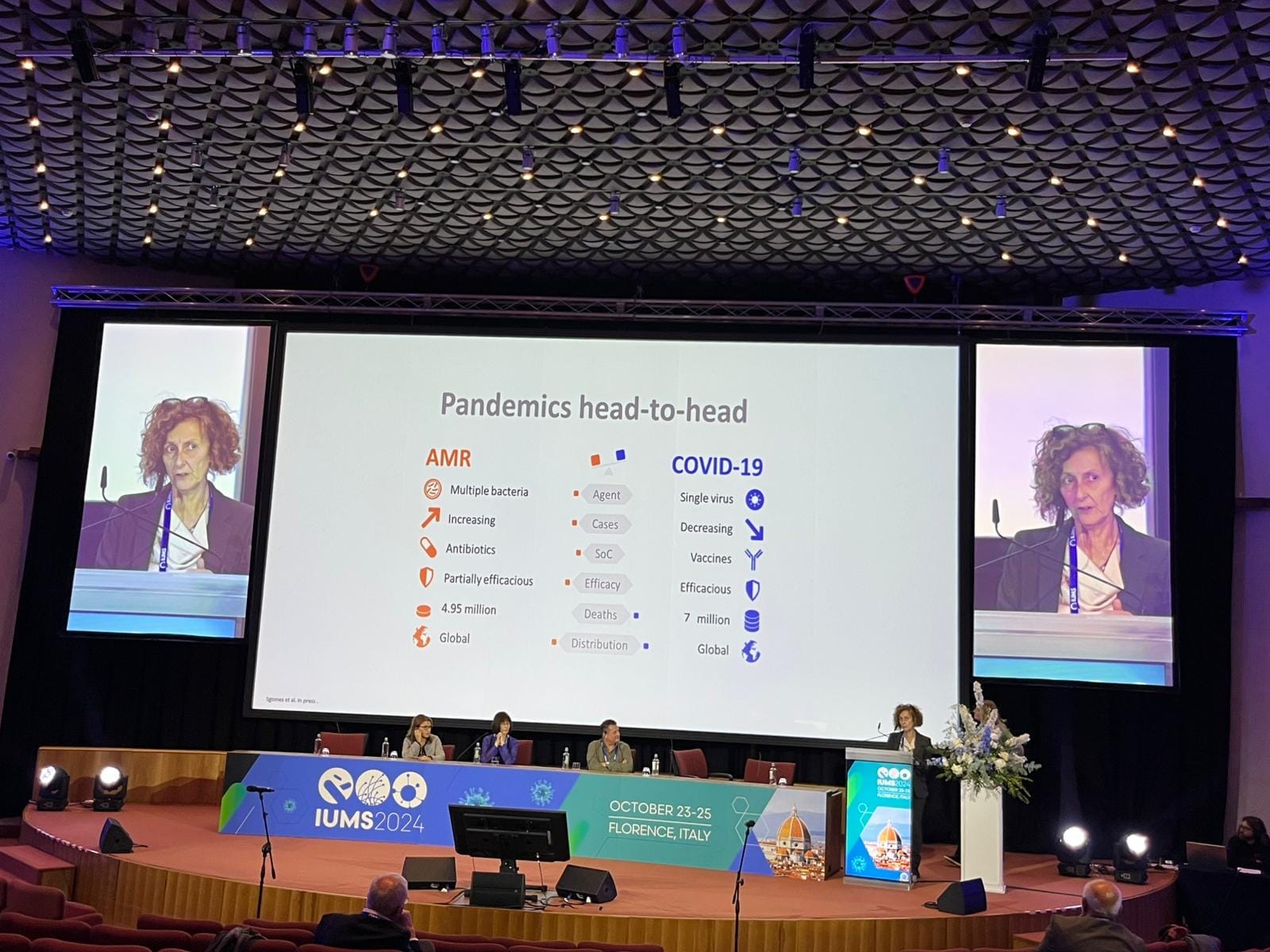Market Analysis of Phone Tripods: A Report on Contributions to Sustainable Development Goals
The global phone tripod market is an expanding segment within the mobile accessories industry. Its growth is intrinsically linked to the proliferation of digital content creation and advancements in smartphone technology. This report analyzes the market’s dynamics, segmentation, and regional trends, with a significant emphasis on its alignment with and contribution to the United Nations Sustainable Development Goals (SDGs).
Key Growth Drivers and Alignment with Global Goals
The expansion of the phone tripod market is propelled by several factors that directly and indirectly support key SDGs, particularly those related to economic growth, innovation, and education.
H3: The Creator Economy and Decent Work (SDG 8)
The rise of digital platforms has fostered a global creator economy, providing new avenues for employment and entrepreneurship. Phone tripods serve as essential, low-cost enabling tools for individuals to generate income through content creation, vlogging, and digital marketing. This democratizes economic opportunities and supports inclusive and sustainable economic growth by lowering the barrier to entry for small businesses and independent creators.
H3: Technological Innovation and Sustainable Infrastructure (SDG 9)
Continuous innovation in smartphone camera technology necessitates parallel advancements in support accessories. The development of lightweight, durable, and versatile tripods reflects industry innovation. Furthermore, the growth of e-commerce as a primary distribution channel strengthens digital infrastructure, facilitating global trade and access to tools that drive productivity.
H3: Enhancing Digital Education and Accessibility (SDG 4)
Phone tripods are increasingly utilized in educational settings. They provide a stable platform for educators to create high-quality instructional videos and for students to participate in remote learning and present digital projects. This enhances the quality and accessibility of education, making it more inclusive for learners in diverse settings.
Market Segmentation: A Focus on Inclusivity and Responsibility
The market is segmented to cater to diverse consumer needs, with each segment presenting opportunities to advance sustainable development.
H3: Product Type and Responsible Production (SDG 12)
The market offers a variety of product types, each with implications for responsible consumption and production.
- Desktop & Mini Tripods: Designed for portability and stationary use, these products can be manufactured using recycled plastics and metals to minimize environmental impact.
- Flexible Tripods: Their versatility encourages creative reuse. A focus on durable materials can extend their lifecycle and reduce waste.
- Professional Tripods: While more robust, there is an opportunity to design these for modularity and repairability, moving away from a disposable model and promoting a circular economy.
H3: End-User Segments and Reduced Inequalities (SDG 10)
The accessibility of phone tripods to various user groups helps reduce inequalities in digital expression and economic participation.
- Amateurs and Hobbyists: Affordable tripods empower individuals from all socioeconomic backgrounds to create and share content, giving a voice to marginalized communities.
- Content Creators & Influencers: This segment drives the demand for professional-grade equipment, but also sets trends. Influencers can play a key role in promoting sustainable products and responsible consumption patterns (SDG 12).
- Corporate & Retail Users: Businesses utilizing tripods for marketing can adopt sustainable procurement policies, choosing products from manufacturers committed to ethical labor practices and environmental stewardship.
H3: Distribution Channels and Sustainable Economic Growth (SDG 8)
Distribution channels are critical to market access and economic impact.
- Online Retail: E-commerce platforms provide global market access for small manufacturers and entrepreneurs, fostering economic growth and reducing regional inequalities.
- Physical Retail: Brick-and-mortar stores can contribute by implementing take-back programs for old accessories, contributing to e-waste management and a circular economy (SDG 12).
Regional Insights through the Lens of Sustainable Development
H3: North America
As a mature market, North America is a hub for the creator economy (SDG 8) and technological innovation (SDG 9). The region has a significant responsibility and opportunity to lead the industry towards more sustainable production and consumption standards, influencing global market trends.
H3: Asia-Pacific
This region represents the fastest-growing market, driven by high smartphone penetration. This growth is crucial for reducing inequalities (SDG 10) by enabling millions of new users to participate in the digital economy. There is a significant opportunity for manufacturers in this region to build their operations on sustainable principles from the outset.
Market Opportunities for Sustainable Growth
- Innovation in Sustainable Materials (SDG 9 & 12): A primary opportunity lies in the research and development of tripods made from recycled, biodegradable, or sustainably sourced materials. Designing for durability and repairability can significantly reduce e-waste.
- Supporting Digital Entrepreneurship (SDG 8 & 5): There is potential to develop products and programs targeted at empowering entrepreneurs, particularly women (SDG 5), in developing economies to build digital businesses.
- Expanding Access to Educational Tools (SDG 4): Collaborations with educational institutions and NGOs to provide low-cost, durable tripods can help bridge the digital divide in education.
Market Challenges and the Path to Sustainability
- E-Waste and Product Lifecycle (SDG 12): The primary challenge is the potential for increased electronic waste. Intense price competition can lead to low-quality, disposable products. The industry must move towards a circular economy model with clear strategies for product end-of-life.
- Ethical Supply Chains (SDG 8): As the market grows, ensuring that manufacturing processes adhere to fair labor standards and provide decent work throughout the supply chain is a critical challenge.
Leading Industry Participants and Corporate Responsibility
Key market players, including Manfrotto, Joby Inc., Benro, 3 Legged Thing, and Ulanzi, have a corporate responsibility to lead the industry’s sustainability transition. Their strategic decisions regarding materials, manufacturing processes, packaging, and product lifecycle management will be instrumental in aligning the phone tripod market with the global Sustainable Development Goals.
Analysis of Sustainable Development Goals (SDGs) in the Article
1. Which SDGs are addressed or connected to the issues highlighted in the article?
-
SDG 8: Decent Work and Economic Growth
The article focuses on the growth of the “phone tripod market” as a significant segment of the mobile accessories industry. It highlights the creation of new economic opportunities and forms of work, such as for “professional influencers,” “vloggers,” and “content creators,” which contributes to economic growth.
-
SDG 9: Industry, Innovation, and Infrastructure
This goal is central to the article. It discusses industry growth, driven by “technological advancements in smartphone cameras” and “innovations in portable tripods.” It also emphasizes the role of digital infrastructure, such as “e-commerce platforms,” in making these products globally accessible.
-
SDG 4: Quality Education
The article implies a connection to education through the use of phone tripods for creating “instructional videos” and “product demonstrations.” These tools facilitate the creation and sharing of educational and skills-based content, contributing to informal learning and knowledge dissemination.
-
SDG 17: Partnerships for the Goals
The global nature of the market, involving “multinational corporations,” distribution through global “e-commerce platforms,” and market research firms serving clients from “investment funds, and government departments,” points to the complex public-private and cross-sector partnerships that underpin modern global industries.
2. What specific targets under those SDGs can be identified based on the article’s content?
-
SDG 8: Decent Work and Economic Growth
- Target 8.2: Achieve higher levels of economic productivity through diversification, technological upgrading and innovation.
- The article supports this by describing how “technological advancements in smartphone cameras” and product innovations like “flexible tripods” are driving the growth and productivity of the mobile content creation sector.
- Target 8.3: Promote development-oriented policies that support productive activities, decent job creation, entrepreneurship, creativity and innovation.
- The article highlights the rise of entrepreneurship and creative professions, stating that the “booming trend of mobile content creation” has created a primary consumer base of “Content Creators & Influencers” who rely on these tools for their work.
- Target 8.2: Achieve higher levels of economic productivity through diversification, technological upgrading and innovation.
-
SDG 9: Industry, Innovation, and Infrastructure
- Target 9.1: Develop quality, reliable, sustainable and resilient infrastructure… to support economic development.
- The article points to the critical role of digital infrastructure, noting that “The growth of the e-commerce landscape is another key contributor to the market’s expansion” and that platforms like Amazon make tripods “more accessible globally.”
- Target 9.5: Enhance scientific research, upgrade the technological capabilities of industrial sectors… and encourage innovation.
- This is demonstrated by the article’s focus on “innovations in portable tripods” and mentions of specific company developments, such as “Joby Inc. launched a new flexible tripod model” and “Benro introduced a hybrid tripod.”
- Target 9.1: Develop quality, reliable, sustainable and resilient infrastructure… to support economic development.
-
SDG 4: Quality Education
- Target 4.4: Substantially increase the number of youth and adults who have relevant skills, including technical and vocational skills, for employment, decent jobs and entrepreneurship.
- The article mentions that tripods are used for creating “instructional videos” and “product demos.” The use of these tools helps individuals develop technical skills in videography and digital content creation, which are relevant for modern entrepreneurship.
- Target 4.4: Substantially increase the number of youth and adults who have relevant skills, including technical and vocational skills, for employment, decent jobs and entrepreneurship.
-
SDG 17: Partnerships for the Goals
- Target 17.17: Encourage and promote effective public, public-private and civil society partnerships.
- The article implies this through its description of the market research firm’s client base, which “spans multinational corporations, leading consulting firms, investment funds, and government departments,” indicating collaboration across different sectors to drive business and market strategies.
- Target 17.17: Encourage and promote effective public, public-private and civil society partnerships.
3. Are there any indicators mentioned or implied in the article that can be used to measure progress towards the identified targets?
-
For SDG 8 Targets (8.2, 8.3):
- Projected market growth rate: The article explicitly poses the question, “What is the Projected Growth Rate of the Phone Tripod Market?”, indicating this is a key metric for measuring economic activity in this sector.
- Growth in content creation: The article identifies the “increase in Mobile Content Creation” and the “rise of Vlogging and Live Streaming” as key growth drivers, implying that tracking the number of creators or volume of content is an indicator of this new economic activity.
-
For SDG 9 Targets (9.1, 9.5):
- Growth of e-commerce: The article directly states that “The growth of the e-commerce landscape is another key contributor,” making the expansion of online retail a measurable indicator of infrastructure development.
- Rate of product innovation: The mention of “Recent Developments” such as new product launches by Joby Inc. and Benro serves as a qualitative indicator of ongoing innovation in the industry.
- Regional market penetration: The analysis of “Regional Insights” for North America and Asia-Pacific implies that market share and growth in different regions can be used as an indicator of global infrastructure reach.
-
For SDG 4 Target (4.4):
- Volume of user-generated instructional content: The article’s reference to the creation of “instructional videos” and “product demos” implies that an increase in this type of content could be an indicator of skills development and knowledge sharing.
-
For SDG 17 Target (17.17):
- Diversity of client base for market research: The article’s description of its clients (“multinational corporations, leading consulting firms, investment funds, and government departments”) serves as a direct indicator of cross-sectoral partnerships.
4. Summary Table of SDGs, Targets, and Indicators
| SDGs | Targets | Indicators Identified in the Article |
|---|---|---|
| SDG 8: Decent Work and Economic Growth | 8.2: Achieve higher levels of economic productivity through diversification, technological upgrading and innovation.
8.3: Promote policies that support entrepreneurship, creativity and innovation. |
|
| SDG 9: Industry, Innovation, and Infrastructure | 9.1: Develop quality, reliable and resilient infrastructure to support economic development.
9.5: Enhance scientific research and upgrade technological capabilities. |
|
| SDG 4: Quality Education | 4.4: Increase the number of people with relevant technical and vocational skills for employment and entrepreneurship. |
|
| SDG 17: Partnerships for the Goals | 17.17: Encourage and promote effective public, public-private and civil society partnerships. |
|
Source: openpr.com







